TL:DR Human society long ago developed to a level of complexity where there are structures of power over and above the state governments who nominally rule over us. This was obviously so in the great empires of antiquity. But today, those power structures slyly obscure their presence. By focusing on three important dates, this essay traces their history from the ashes of the Roman Empire, through the Middle Ages, and into the early modern era.
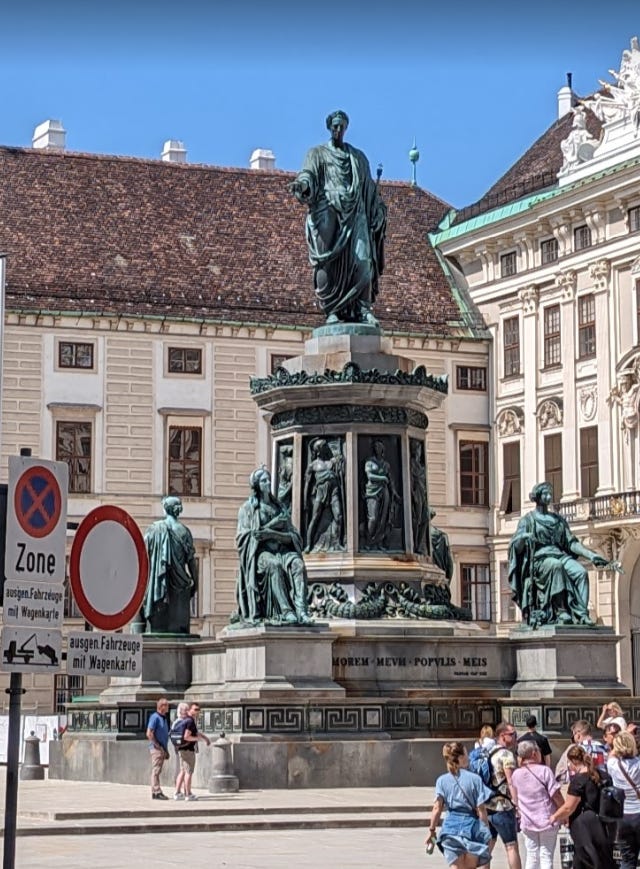
Friday, December 25th, 800 A.D. - The Coronation of Charlemagne
On Christmas morning in the year 800, the Frankish king Charlemagne strode into Old Saint Peters Basilica in Rome. He thought he was there to observe the holiday in prayer. But Pope Leo III had other ideas. He was about to pull a fast one that would dramatically alter the course of history.
Charlemagne was willing to act as the military arm of the Vatican. He put a hurting on the Pope’s enemies and spread Christianity by the sword. So Leo decided to cement this convenient arrangement into place…by reviving the old Roman Empire.
As Charlemagne knelt to recite his Christmas prayers, Leo ambushed him with a crown. He made sure the surprise coronation had all the trappings of Imperial Rome. Not only did Leo slap an imperial crown on Charlemagne’s head, he also draped the purple cloak of Caesar over his shoulders and then led those present in the traditional Roman acclamation of "Carolo Augusto, a Deo coronato, magno et pacifico imperatori, vita et victoria" (To Charles Augustus, crowned by God, the great and pacific emperor, life and victory).
Pope Leo III was a clever fellow. By playing on nostalgia and publicly making Charlemagne the first Holy Roman Emperor, he established himself as the guy who selects emperors. His symbolic gesture elevated the office of the Pope above the crowned heads of Christendom—just as Caesar made himself king over the kings of lands he conquered. And because it was a surprise, Charlemagne had no way to refuse. The resulting political hierarchy endured for 800 years—a time we now refer to as the Middle Ages. That’s why the Charlemagne’s Christmas coronation is broadly considered the first day of the Medieval period.
Sunday, October 25th, 1648 A.D. - The Treaty of Westphalia
If Charlemagne’s coronation was the day the Medieval period began, then the signing of the Treaty of Westphalia was the day it ended and our modern world began.
The Thirty Years War was the final culmination of the Protestant Reformation. The Roman church had become a financial scam; it amassed historic wealth by shamelessly selling forgiveness from sin. Many subjects of the Holy Roman Empire were fed up enough to convert to the new-fangled Protestantism. The Pope and the Emperor tried tearing a page out of Charlemagne’s playbook and enforcing Roman Catholicism at sword point. But after three decades of bitter fighting, they were forced to admit that Protestantism wasn’t going away. And so they came reluctantly to the negotiating table.
The resulting Treaty of Westphalia established state sovereignty as the fundamental basis for international relations. This was the moment when city-states, such as Florence, finally gelled into the nation-states we recognize today. The known world was formally whacked up into sovereign nations with defined borders. And the Pope was no longer allowed to cross those borders. Countries like Prussia—who wished to go Protestant—got to decide that for themselves, free from Vatican interference. Leo’s clever ruse was finally undone. The Treaty of Westphalia re-subordinated the office of the Pope to a station below the crowned heads of Christendom.
Tuesday, July 27th, 1694 A.D. - The Establishment of the Bank of England
The wealth that came from selling sin forgiveness financed an ecclesiastical power structure over and above the noble families of Europe. After the Treaty of Westphalia brought that to end to all, a power vacuum still remained in its place.
That power vacuum lasted a scant 46 years before it was quickly filled by a bank.
The first central bank was founded in England in 1694. This new scam was simple. A group of London and Edinburgh merchants loaned £1.2 million to King William III to finance his war against France. In return, they convinced the King to grant them a monopoly on the issuance of banknotes. These were just promissory notes for the money the king now owed back to them. These IOUs soon became a popular medium of exchange and Europe suddenly had its first paper currency. "Permit me to issue and control the money of a nation” said Mayer Anselm Rothschild, the founder of the Rothschild banking dynasty, “and I care not who makes its laws". Bankers like Rothschild replaced the Pope as king of kings.
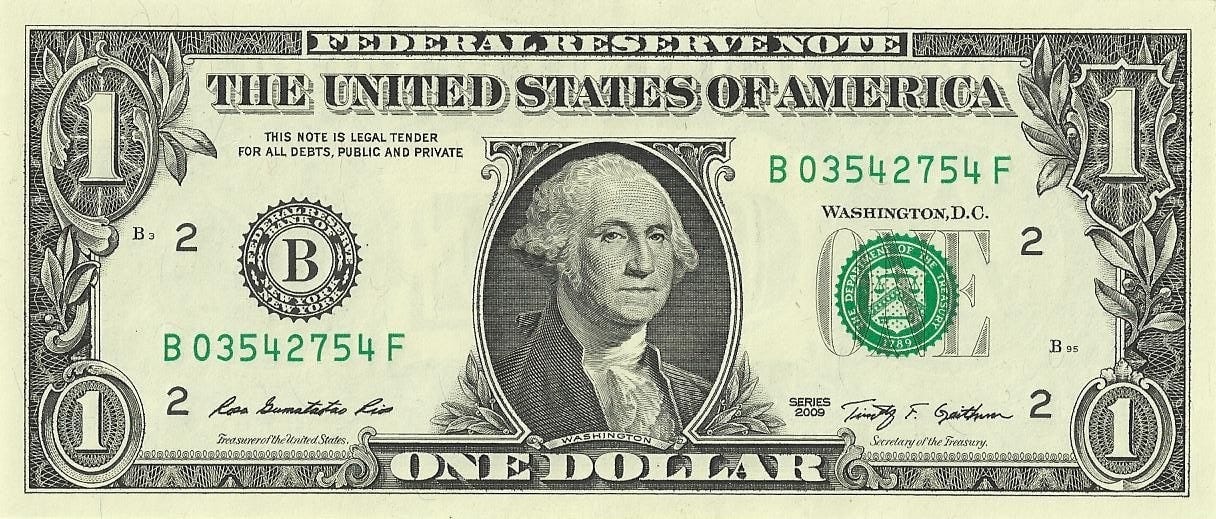
Hail, Caesar
The Protestant Reformation was a democratic uprising against a corrupt world order. As bankers gradually took over as king of kings from the church, they realized they would be well served to hide their new station from public view. They didn’t want to go down the same road as the Roman church and become a focal point for populist rage.
So the bankers swapped out the classic Roman symbols of imperial power for symbols of Egyptian magic, like the pyramid and the all-seeing eye of Horus. These ancient icons were used in the Medieval period by those who opposed the church, like the magic-obsessed Medici banking family of Florence. Leo III used nostalgic Roman symbols to publicly elevate himself above Charlemagne. But the bankers did the opposite; they used a set of obscure symbols to conceal their presence.
The subjects of Charlemagne, and of Medieval Europe in general, thought of themselves as having twin loyalties to their king and to their church. Ever since the Peace at Westphalia, we modern people think of ourselves as loyal only to our countries. But Caesar has always been with us. These days, he’s hiding in plain sight. Banks are the shadowy authority behind the facades of our national governments.
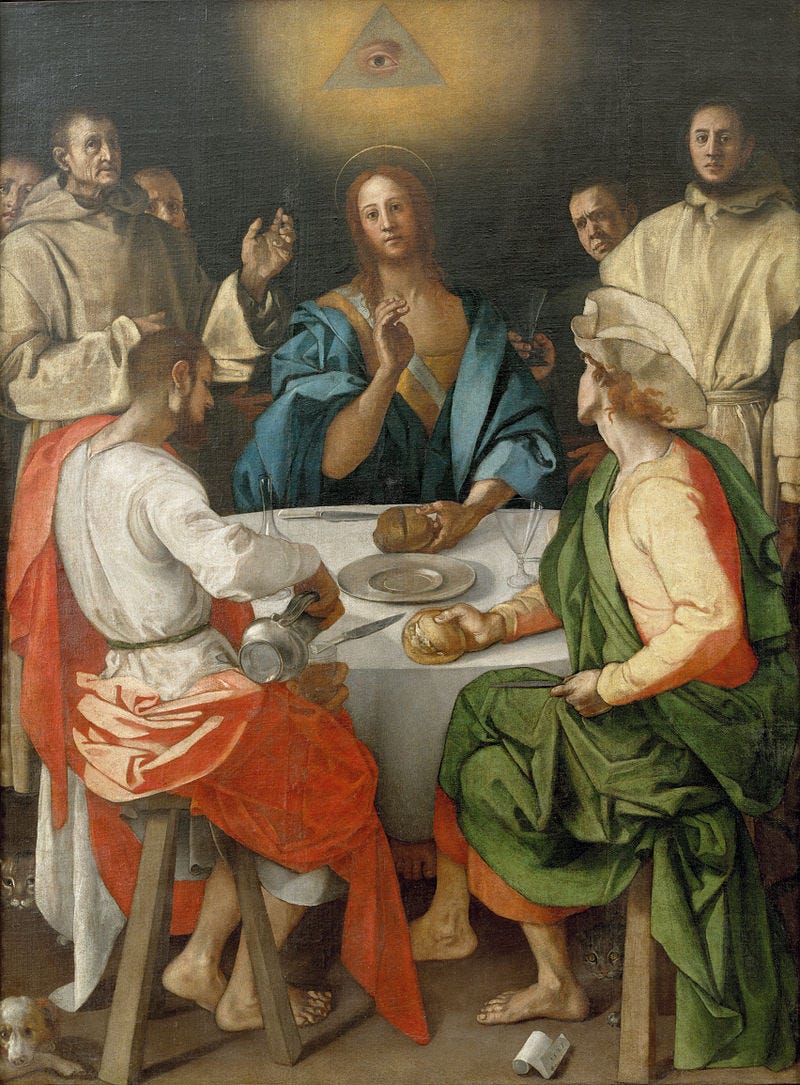
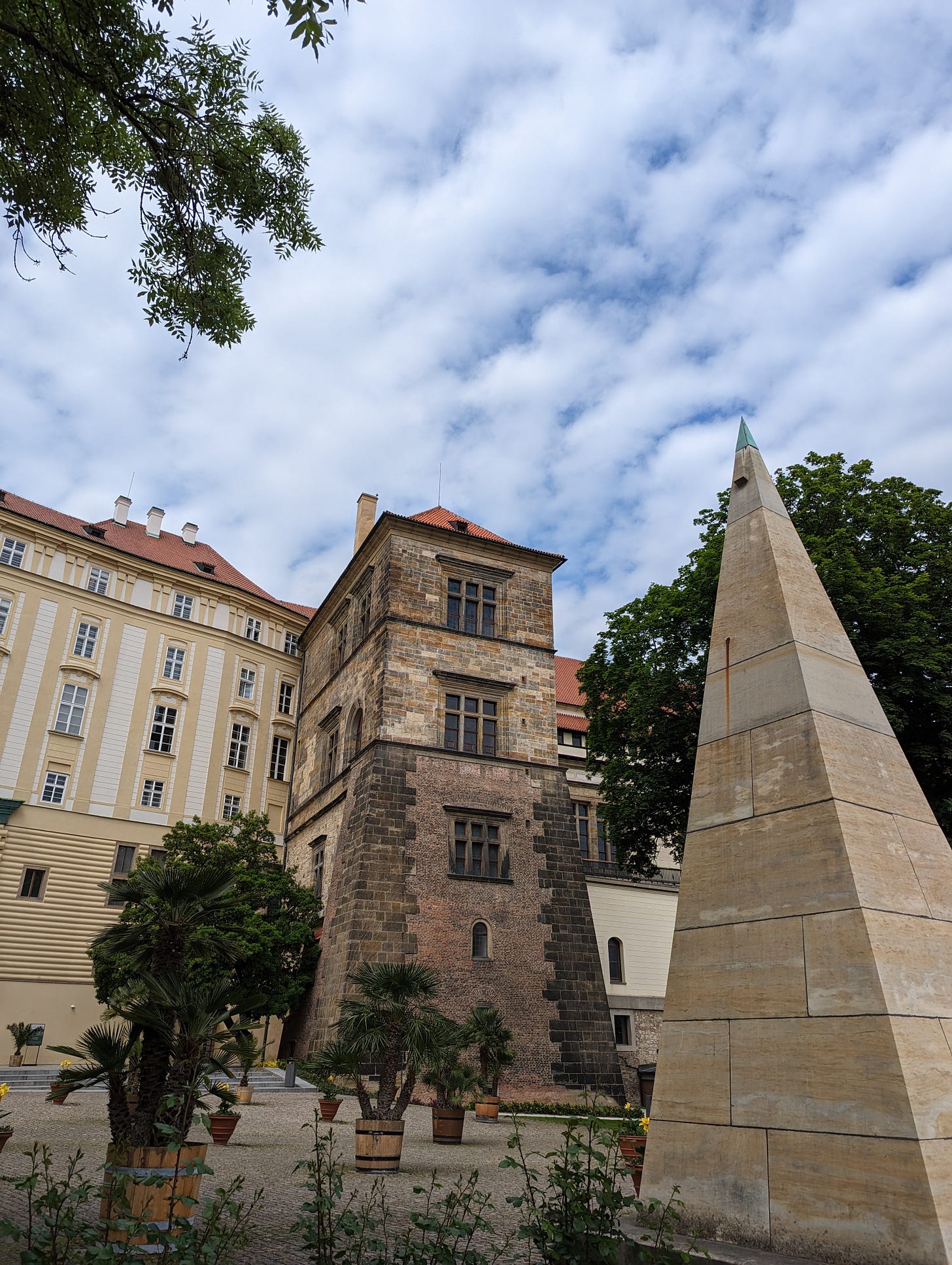


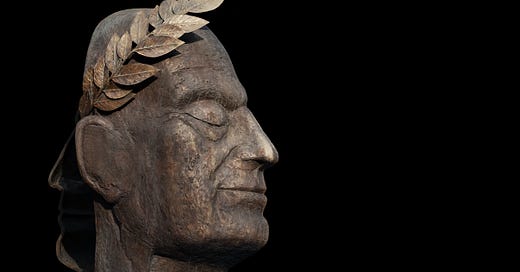


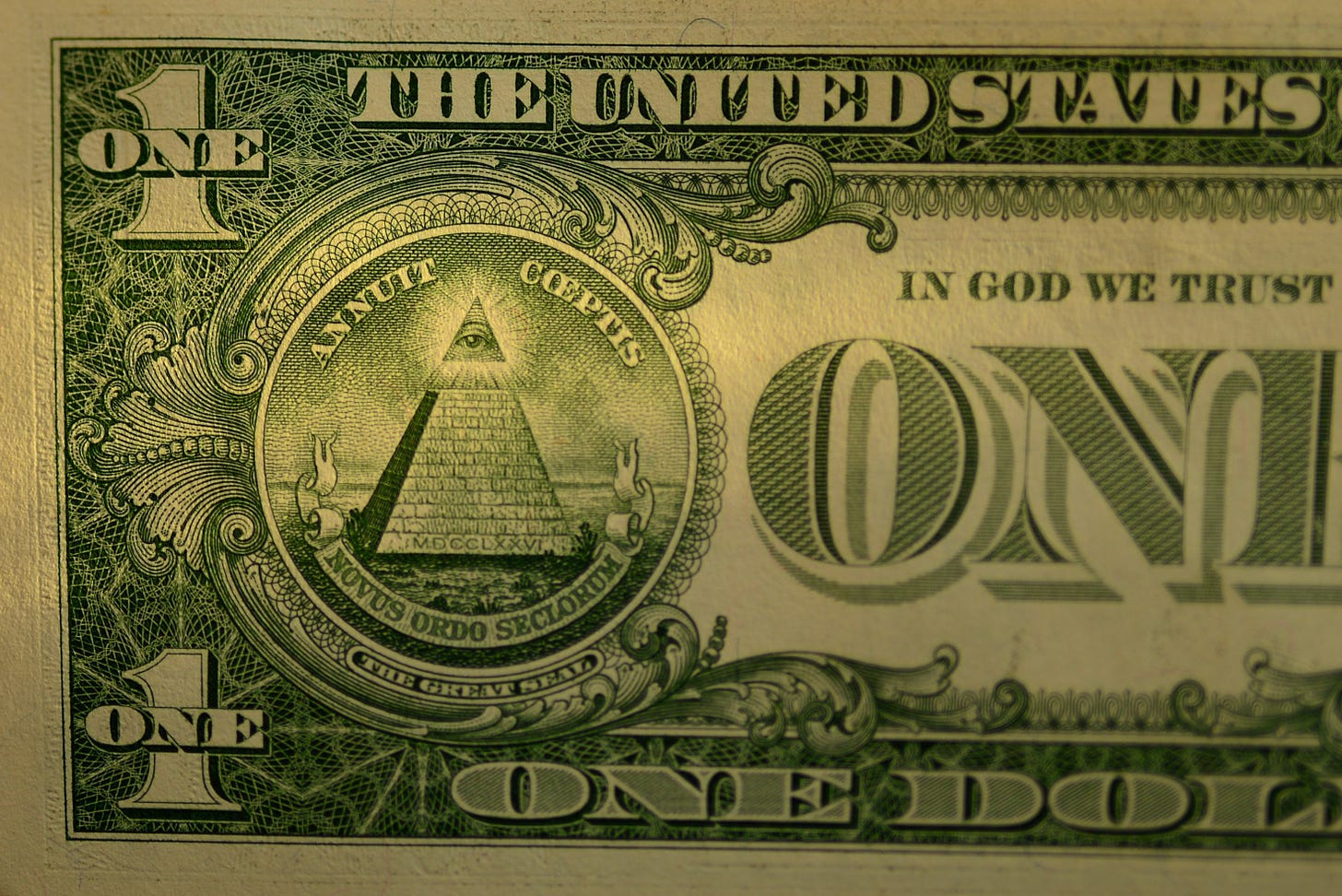
This is great! I love that you had your photos to add!
Very interesting stuff in these essays, Nathan. Keep them coming.